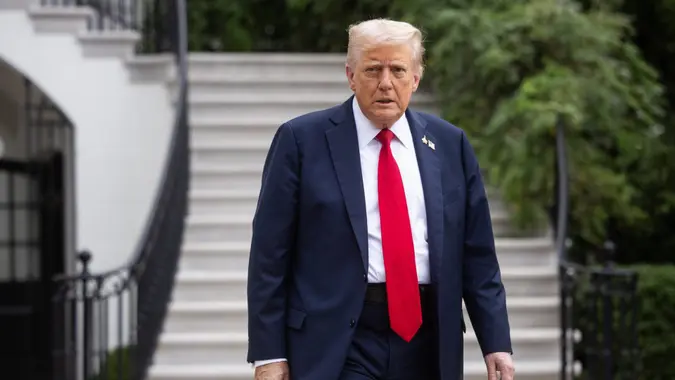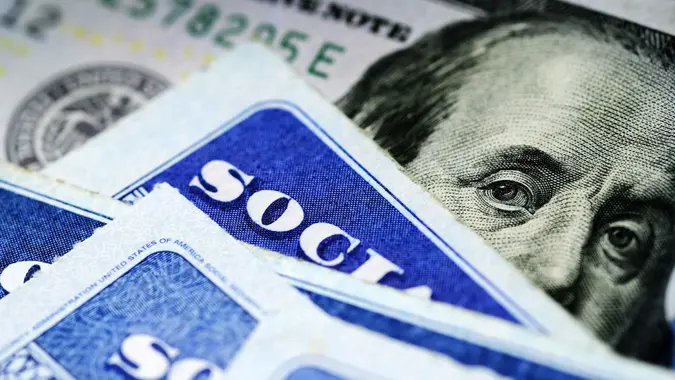3 Ways To Maintain Your Emergency Fund If You Rely On Social Security

Commitment to Our Readers
GOBankingRates' editorial team is committed to bringing you unbiased reviews and information. We use data-driven methodologies to evaluate financial products and services - our reviews and ratings are not influenced by advertisers. You can read more about our editorial guidelines and our products and services review methodology.

20 Years
Helping You Live Richer

Reviewed
by Experts

Trusted by
Millions of Readers
When your retirement budget is extra lean, it’s tempting to want to dip into your emergency fund to cover non-emergency related expenses like dining out or going on vacation. Retirees who make the choice to do it, however, will quickly discover it’s not worth it. In a worst-case scenario, you may drain more of your emergency fund faster than you realized and lack the money necessary to replenish it.
GOBankingRates spoke to Justin Haywood, CFP, president and co-founder of Haywood Wealth Management, about how retirees can maintain their emergency fund as they stretch their Social Security benefits. Here’s what he recommends doing if you rely on Social Security.
Create a Detailed Monthly Budget
Budgets still matter, especially in your retirement years. Haywood said this monthly budget should outline all of your expenses with categories included for housing, utilities, groceries and healthcare expenses.
Once you’re able to regularly track your spending, Haywood said, you can identify areas where you can cut back financially. This presents fewer opportunities to dip into emergency funds.
Keep Your Emergency Fund in a Separate Savings Account
Consider the old idiom “out of sight, out of mind.” Haywood recommends keeping your emergency fund in its own separate savings account — not easily accessible.
“This creates a psychological barrier, making it less tempting to use the funds for non-emergencies,” he said.
Another silver lining to retirees keeping their emergency fund in a separate account is that they can choose an account best-equipped to pay them back over time. Haywood recommends storing an emergency fund in a high-yield savings account so the money stored in it can earn some extra interest.
Set Up Small Automated Transfers to Your Emergency Fund
Even if your emergency fund exists in a high-yield savings account, proper maintenance means continuing to set aside money for said fund especially in the moments where you do need to dip into it for emergencies. This is a task that can feel next to impossible for retirees on fixed incomes.
Haywood recommends looking into setting up a small, automated transfer into this fund each month. Consider an amount like $25 or $50. Over time, Haywood said, this adds up. It can also help replenish the fund gradually without impacting your everyday budget too heavily.
 Written by
Written by  Edited by
Edited by 
























